FASHION
CAN SEAWEED LEAD TO A SUSTAINABLE FASHION FUTURE?
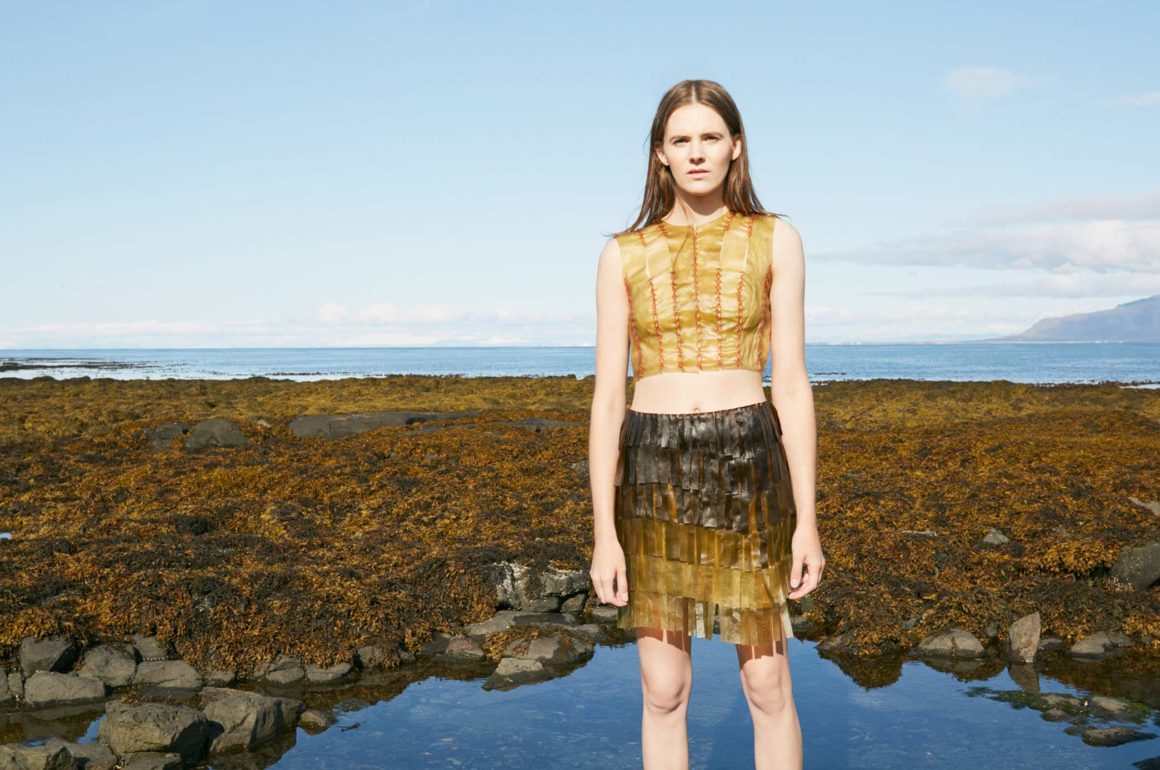
Algae harvested from the ocean floor is now being utilised to make a completely new kind of drip that is specifically designed for the future.
Seaweed provides enormous promise as an alternative material given that 60% of all clothing is now produced using fossil fuels. It is one of the fastest-growing, most regenerative, naturally biodegradable organisms on the planet.

The most forward-thinking seaweed innovation is being driven by small, independent firms and creatives, while larger organisations are still playing catch-up. While the inherent sustainability of seaweed is great, can it be made into apparel that is attractive, comfortable, and long-lasting?
Tanguy Mélinand, a French fashion designer and alumnus of the Geneve University of Art and Design who received the Gold prize for sustainable design at the Yinger Prize in 2022, is one person attempting to provide a solution. Tanguy collects seaweed from the water, puts it through a special preservation process, and then uses it to create beautiful clothing.


From the coastline to the sewing machine, Tanguy used seaweed that he had personally gathered, stored, and then produced into entire clothes using complicated design techniques. “I grew up close to the ocean, In Brittany. I used to go surfing and fish. There was always loads of seaweed where I grew up, so I think my initial fascination with it started there,” Tanguy says.
Tanguy’s most recent clothing lines appear and feel comfortable and useful, unlike many other seaweed and clothing hybrids that are currently available.
The outcomes are very amazing visually: Tanguy’s sun-drenched seaweed jackets, which come in various shades of olive and yellow, maintain the bulbous, earthy aesthetic of up-and-coming UK designer Charlie Constantinou, whose jackets were nominated for the LVMH Prize.
Images By: @meliiiiii_______
FASHION
HOUSE OF SUNNY DROPPING ITS FIRST MENSWEAR COLLECTION LATER THIS YEAR
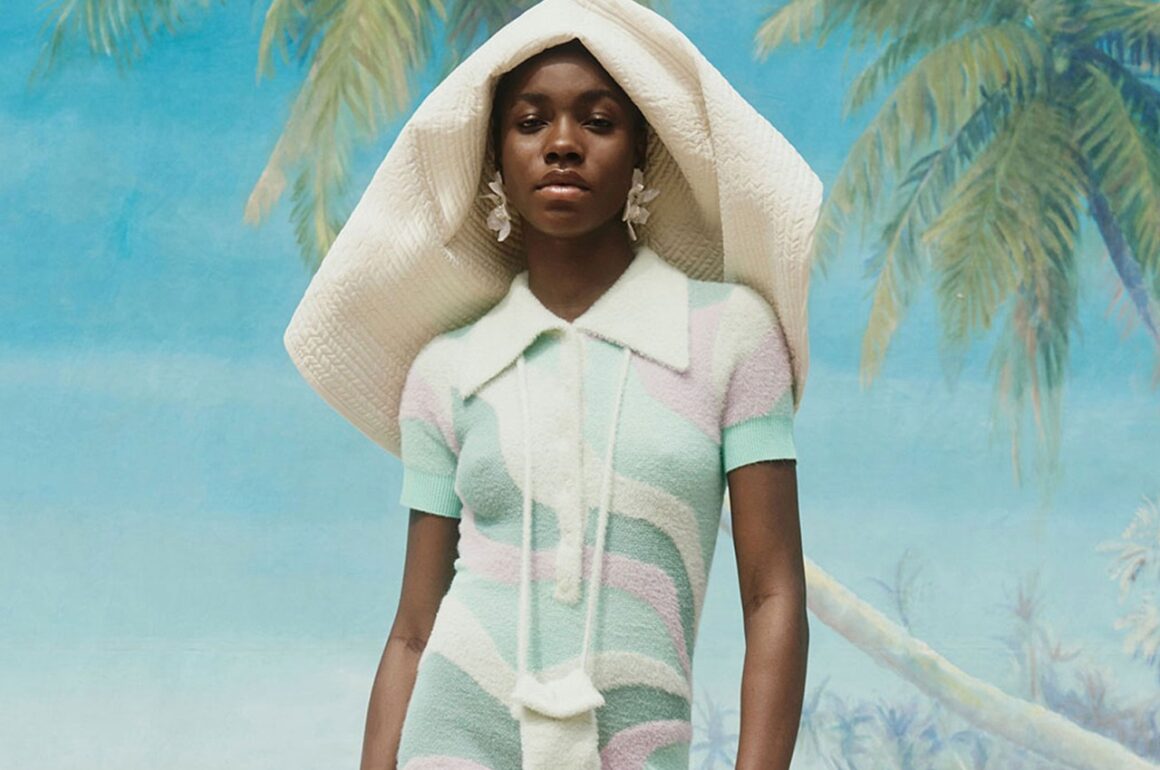
Its been an impressive 2020 for the London-based label.
Designed in-house out of its East London studio, House of Sunny prides itself on producing small sustainable runs of collections in a bid to act against fast fashion. Now, as the label celebrates its tenth anniversary, its founder Sunny Williams has unveiled his plans to drop a first menswear collection later this year.
“We are at a stage where the audience organically asks us for men’s options,” explained Williams in a recent interview with Forbes. “We got to the point where I’d see guys wearing our cardigans cropped even though they bought a size 14 or 16 — and I am amongst those who want to wear pieces from the women’s line”.
Having garnered a reputation in women’s fashion for its use of vibrant colorways and unique designs, Williams alludes to its menswear offering continuing in much the same vein: “I love vintage sportswear at the moment and the style menswear will have is going to be very much my style.” Except the capsule menswear collection to drop September 2021.

FASHION
SELFRIDGES LAUNCH RENTAL SERVICE
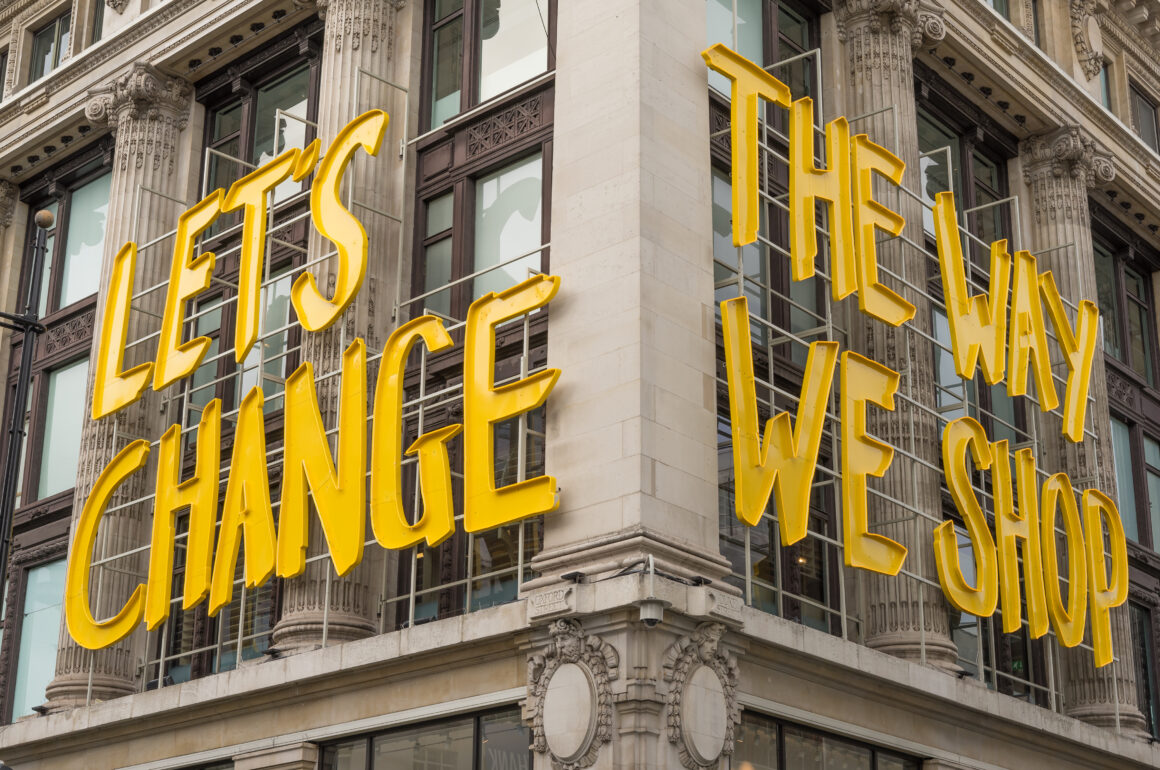
Selfridges have just launched a fashion rental service which will allow their customers to rent items for 8, 10 or 20 days for as little as £20. Thanks to a new collaboration with HURR, you can borrow designer items from big brands like Prada, Saint Laurent and Off White in bag, shoes, tops, jeans, jacket or jumper form.
Found of HURR, Victoria Prew, said, “In a daring move, Selfridges is the first UK department store to take the plunge into the fashion rental market. The collection is built for the next generation of customers whose aspirations exceed their income, yet it is also appealing to customers who can afford to pay full-price but want the convenience of swapping out last season’s fashion for current season”.
This new way to wear designer is an “earth-conscious way to shop”, as Prew continues, “Extending the lifespan of clothes that already exist is one of the best things you can do to reduce the environmental impact of your wardrobe.”.
Find out more information and start renting on the Selfridges website here.
FASHION
VIRGIL ABLOH CONFIRMS ANOTHER NIKE DROP
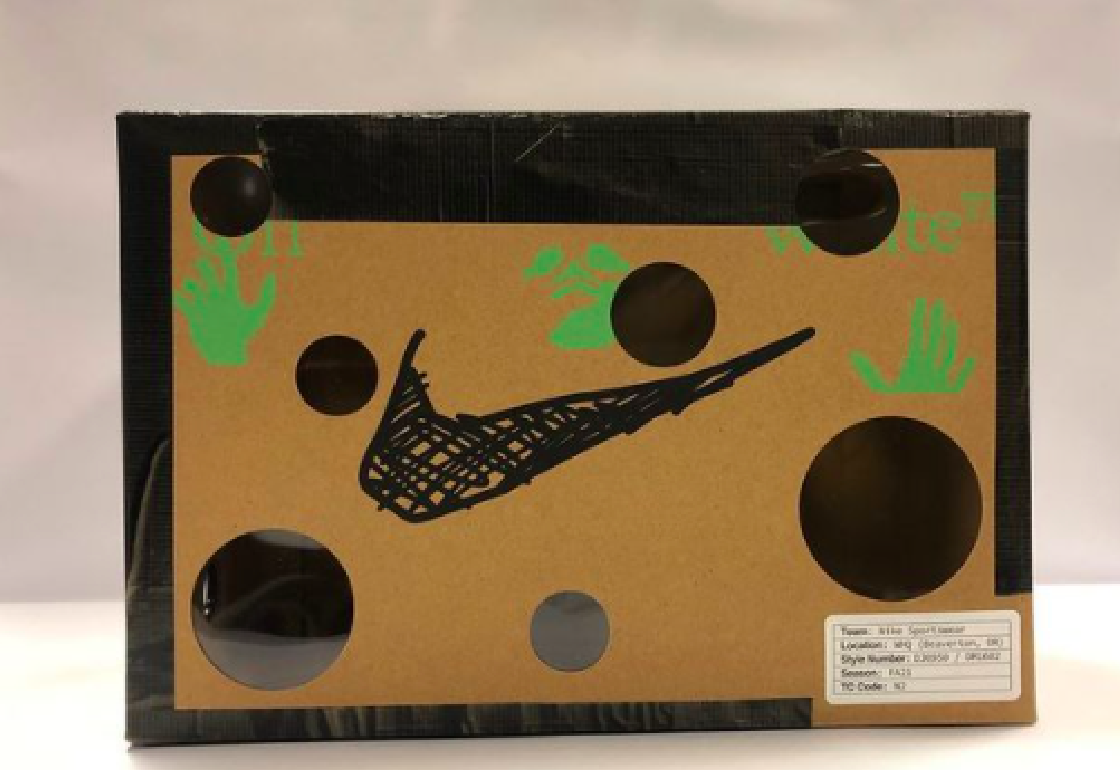
What began as ten trainers in 2017, has spun into an iconic partnership between Virgil Abloh and Nike. Today Off-White designer confirmed that he’ll be releasing 50 pairs of Off-White x Nike Dunk Lows this summer. The drop will be part of his upcoming collaborative “Dear Summer…” collection.

Announced on Instagram, Abloh revealed the packaging for the Dunks which includes a set of 50 numbers (we assume to represent the 50 pairs available) and tape to give the box a vintage and pre-used feel. Holes also cover the box and these have featured on his Air Jordan 5’s before, so perhaps this is a nod to the new trainer design. Release dates and designs haven’t been confirmed yet, however no doubt all will be revealed soon.

Abloh captioned the Instagram post with: “@off____white™ c/o @nike, summer 2021 collection name is “Dear Summer”… it’s a whole thing…it was 2017 i started drawing on those 10 Nike shoes. in my mind they are not literal shoes, but are more like sculptures a full-on art object made in multiple editions, somewhat scarce. they exist in a space all their own. where the plot thickens on the design side is the portal to tell stories as vivid as a HOV triple entendre or a Jeezy ad-lib…”
[Image Source: Instagram]
-
FASHION3 months ago
NEW AIR JORDAN 36 DRIPPING WITH GOLD
-
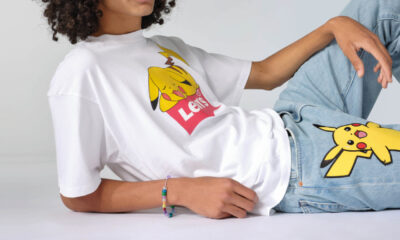
 FASHION3 months ago
FASHION3 months agoFIRST LOOK AT POKÉMON X LEVI’S NEW COLLECTION
-
CULTURE3 months ago
GUCCI X BALENCIAGA’S HACKER PROJECT HAS DROPPED
-
ENTERTAINMENT3 months ago
NETFLIX IS PLANNING A LA CASA DE PAPEL (MONEY HIGHEST) SPINOFF BASED ON BERLIN’S CHARACTER
-
FASHION3 months ago
YEEZY SEASON 9 REVEALED – WITH A STATEMENT FROM YE
-
CULTURE3 months ago
A$AP ROCKY LOOKS BACK AT HIS BEST AND WORST FASHION MOMENTS
-
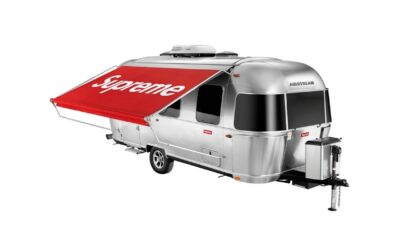
 FASHION3 months ago
FASHION3 months agoSUPREME RELEASES AN AIRSTREAM FOR ITS SS2022 COLLECTION
-
FASHION3 months ago
IVY PARK RODEO: FOURTH COLLECTION WITH BEYONCÉ
